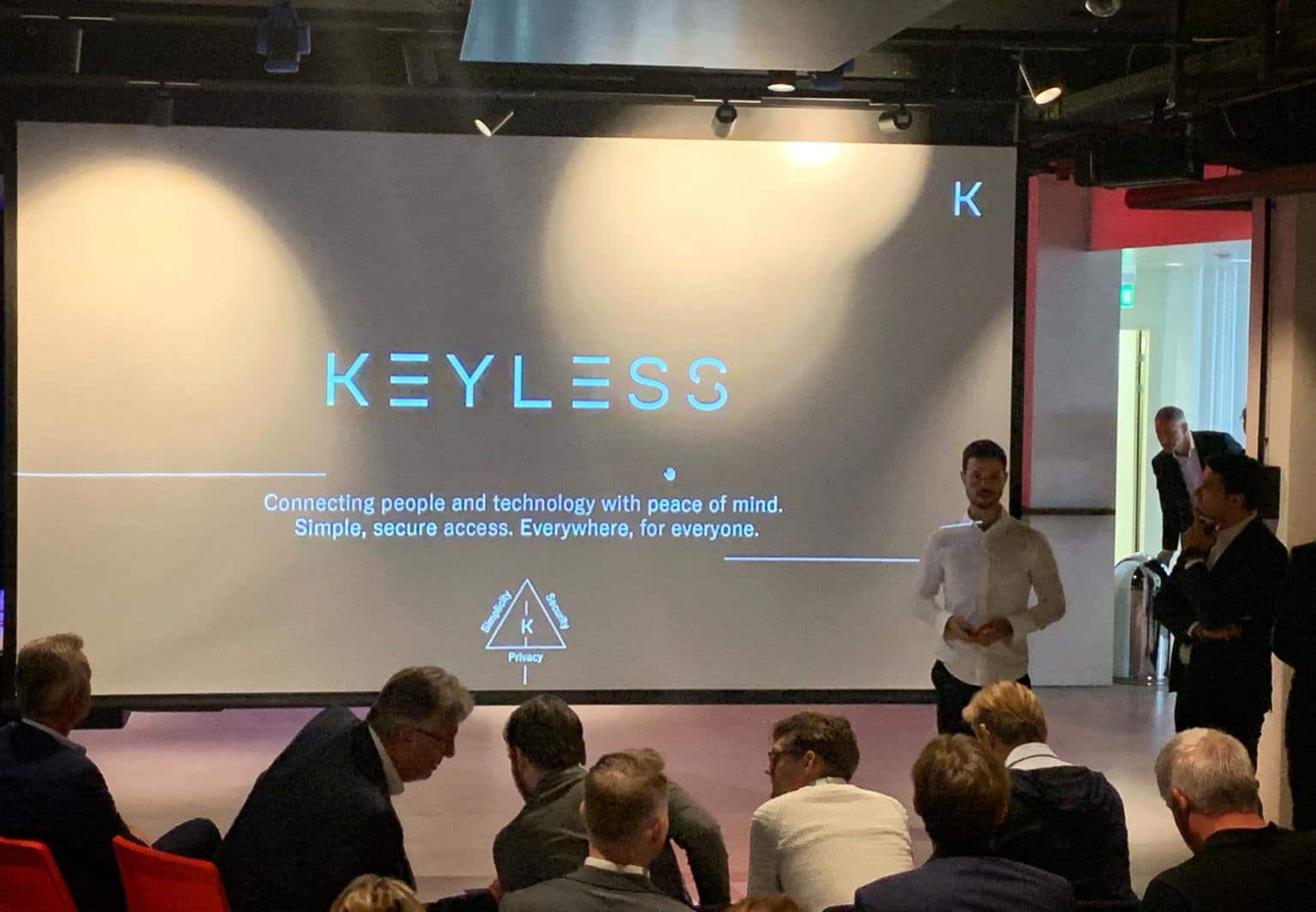
Payment protocol network company, Ripple’s Xpring invests $2.2 million in cybersecurity startup Keyless. The British startup is the first in the world to combine biometrics with secure multi-party computation. The fund will reflect on the establishment and expansion of the startup’s security product. The round included the participation of gumi Cryptos Capital, Blockchain Valley Ventures, and LuneX.
“We don’t want the network to spy on user biometrics. This way, the authentication happens right there and wasn’t just a session replay of a previous authentication,” says Paolo Gasti, Keyless co-founder and chief technology officer.
As it closes its seed funding, it has also finished the beta testing and integrations with two crypto wallet customers. The product will be a watershed in personal identity management. With this, businesses do not need to centrally store and manage passwords, cryptographic keys, and other authentication data.
Keyless uses privacy-preserving distributed computation and zero-knowledge cryptography to ensure privacy and biometric authentication methods to the zero-trust security model. The firm assures a straightforward authentication process is pretty straightforward and accessible anywhere, any time.
It also scrutinizes and prevents fraud and authenticate continuously. The team is aiming to launch Keyless Authenticator to the public by the end of the year. The capacity of Keyless for adoption in multiple industries, especially crypto, impressed Ripple’s Xpring.
“During our technical review, we recognized Keyless’ solution to be brilliant and well thought out. We believe Keyless’ product will be particularly welcomed by wallet providers and exchanges to boost-up the verification process for crypto holders,” Xpring Senior VP Ethan Beard said.
Thecompany which is founded in the year 2012, Ripple has more than 200 financial institutions as a part of its customers. Ripple launched Xpring in 2018 to invest in, some of the incubate, acquire, and provide a great sort of assistance to blockchain and digital assets companies and projects. It aims at raising the potential of blockchain globally.
“We have known since the year 1980s that this was some of the possible … and we have also been working on this for ten years,” Gasti said, adding:
“The product allows low-latency execution without having any effect on security.”
